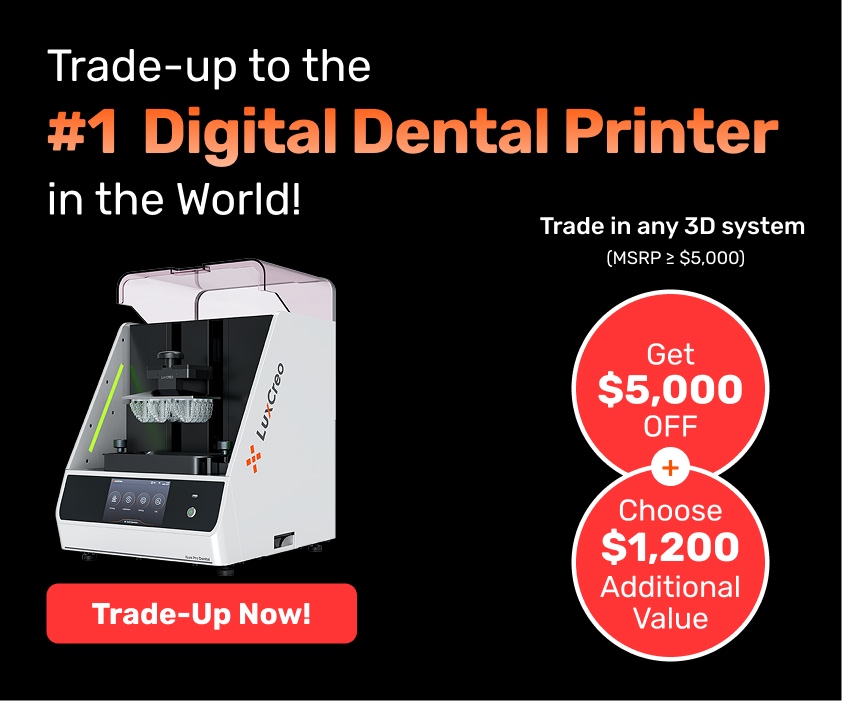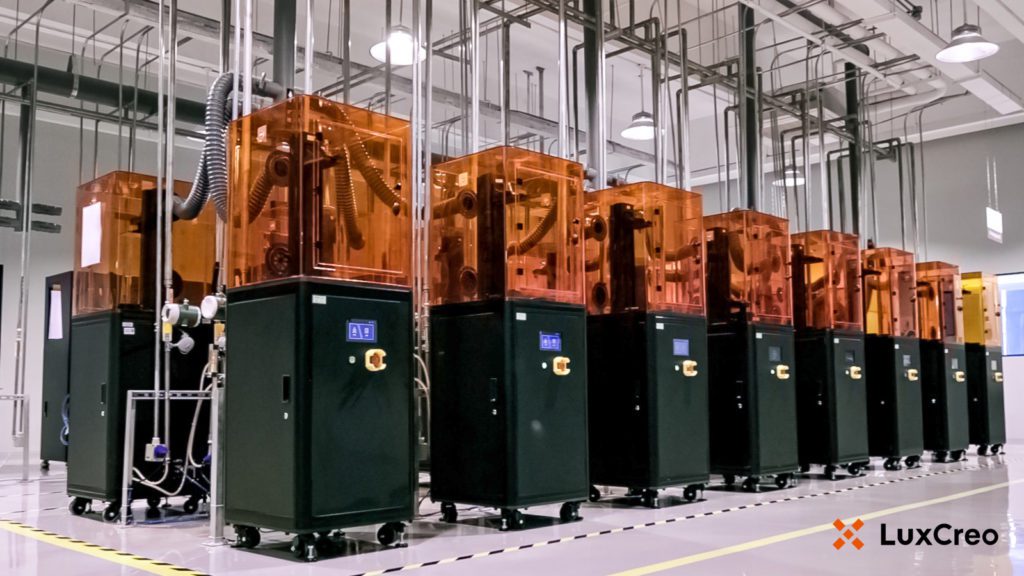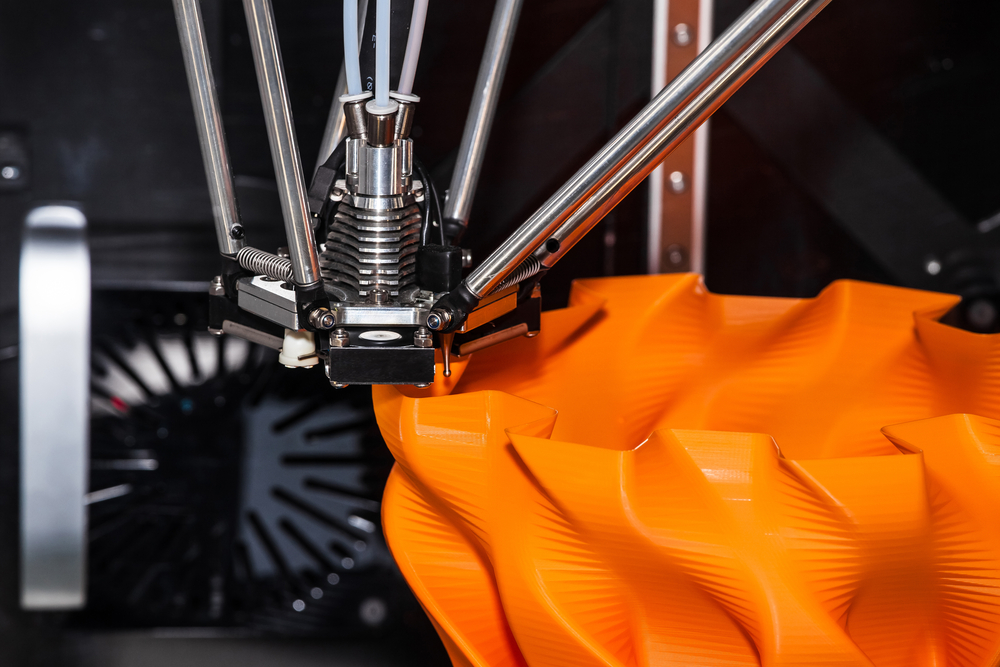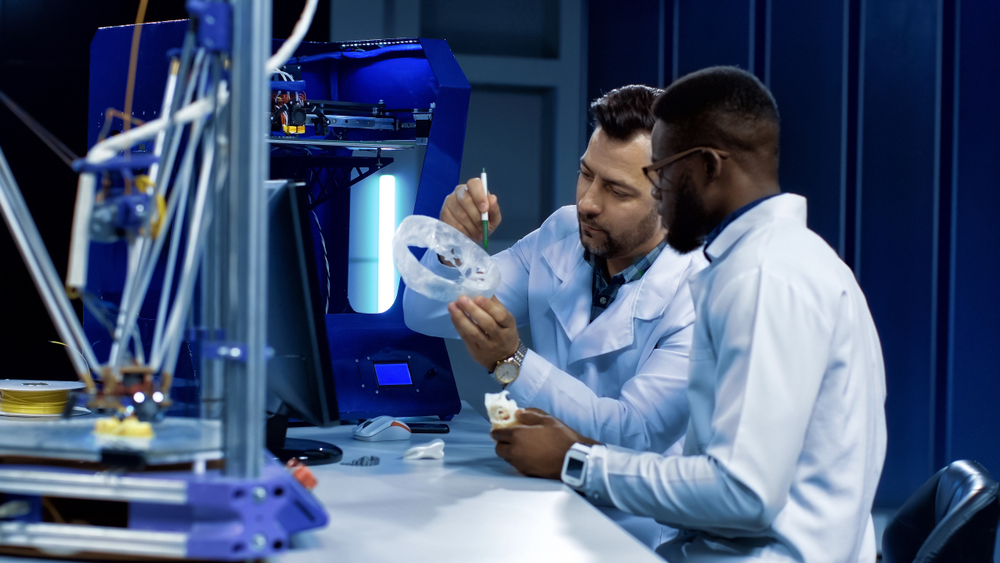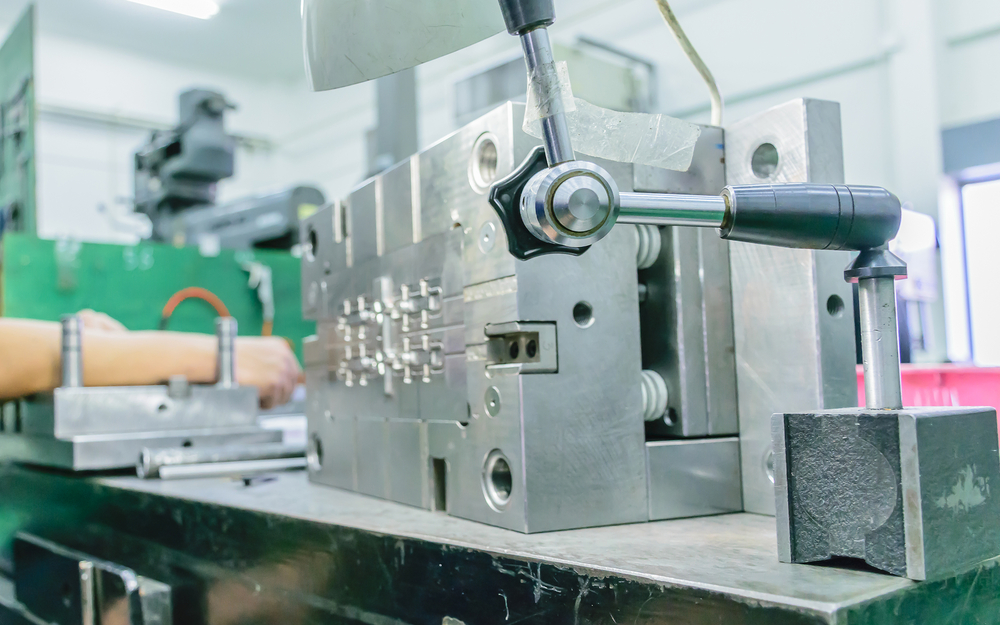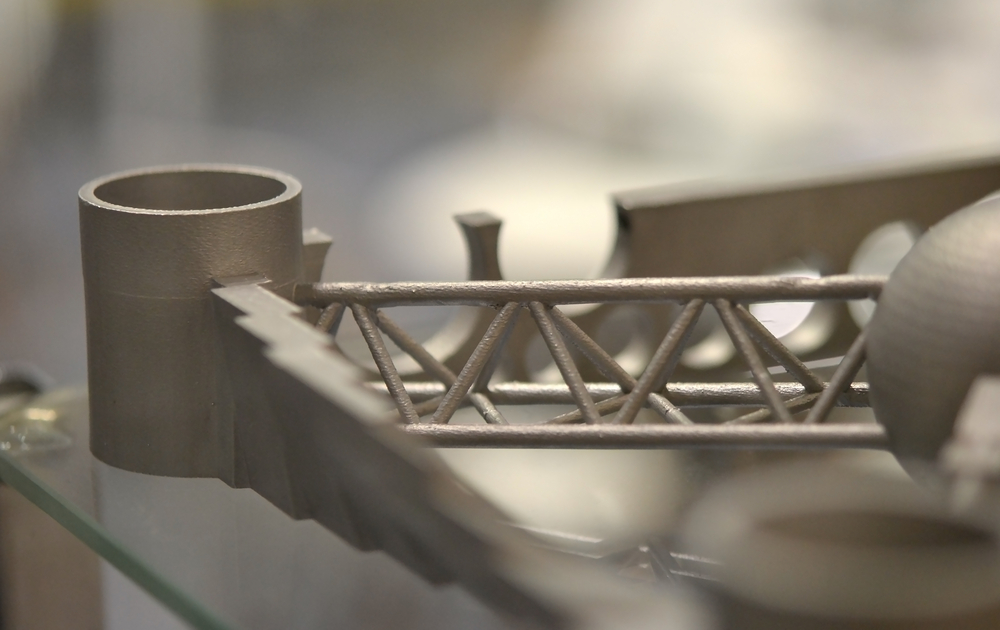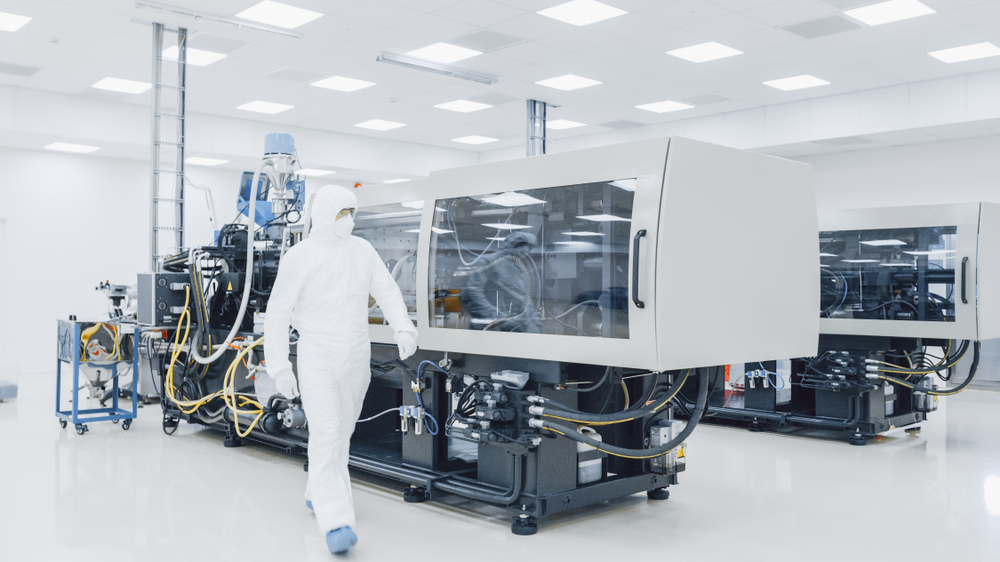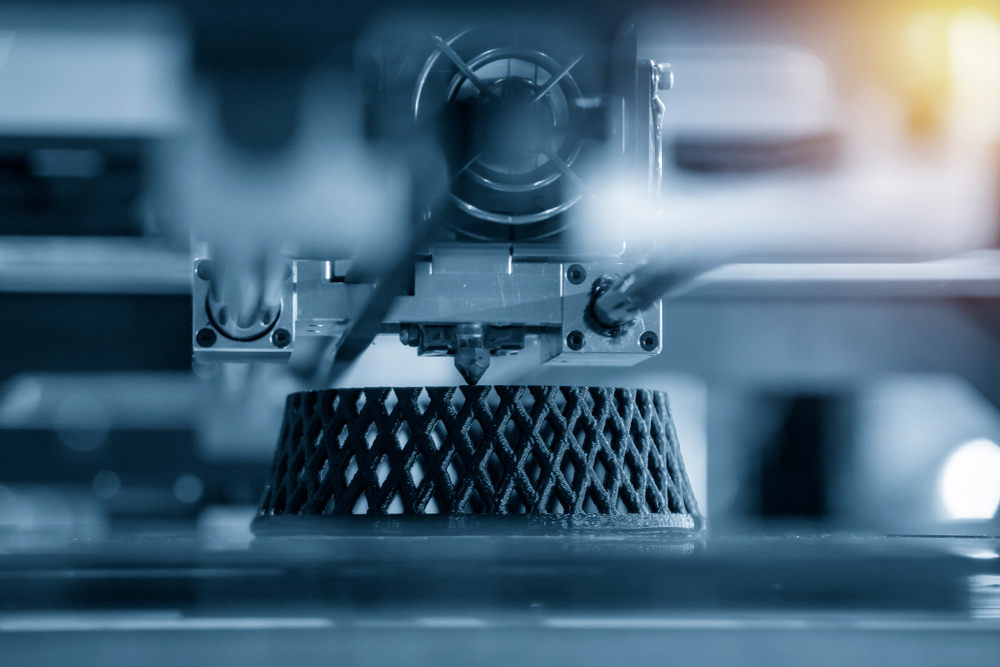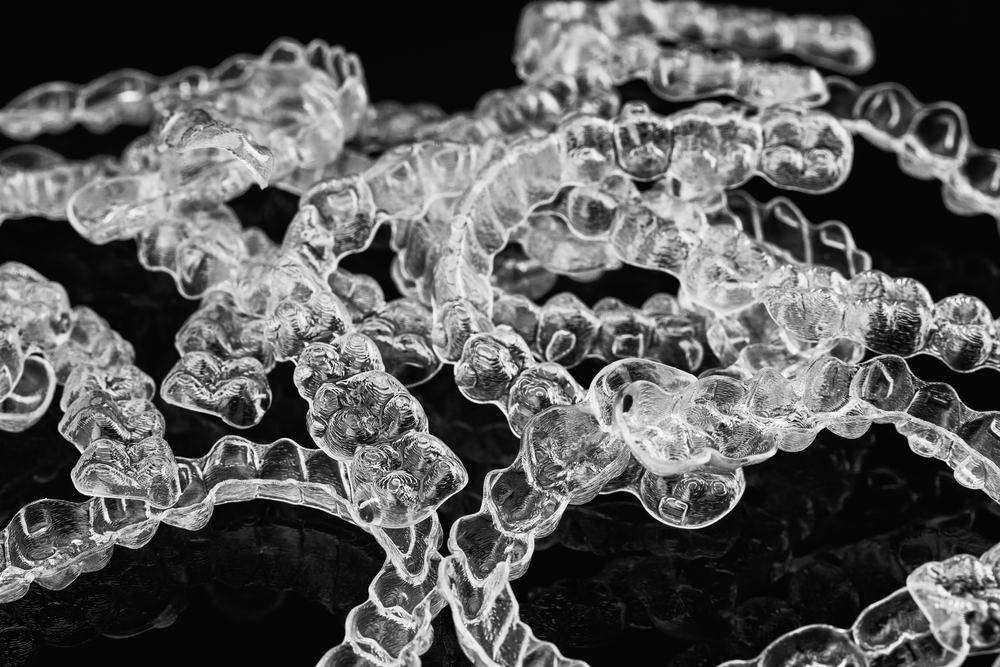Supply Chain Management
Understanding 3D Printing in Manufacturing
Defined as the construction of a three-dimensional object from a computer-aided design (CAD) or a digital 3D model, 3D printing or additive manufacturing is transforming the world as we know…
Read MoreOptimizing High-Mix, Low-Volume Manufacturing with 3D Printing
3D printing systems enable a high-mix, low-volume manufacturing approach for a broad range of products, including fully customizable products. For companies considering 3D printing for a high-mix, low-volume manufacturing business model, there are many benefits over traditional production processes.
Read MoreTop Seven Industries for Additive Manufacturing Applications
Additive manufacturing offers innovations, process improvements, and greater agility to many industries, including aerospace, dental, medical, and automotive. 3D printers are versatile and can produce complex or customized products. Manufacturers…
Read MoreOvercoming the Limitations of Injection Molding with 3D Printing
Innovations in 3D printing make it the ideal alternative to injection molding for low-volume, high-mix production and for products that are difficult or impossible to produce with injection molding. Here’s how to take advantage of 3D printing and overcome the limitations of injection molding.
Read MoreAdvantages of Additive Manufacturing
Additive manufacturing has been expanding into many industries over the past several years. The 3D printing solutions used in additive manufacturing have many advantages over traditional manufacturing. Companies looking to increase agility, reduce costs, and become more resilient to supply chain disruptions should consider the advantages of additive manufacturing to improve traditional manufacturing processes and to directly produce finished parts.
Read More3 Low Volume Manufacturing Methods
Companies use a low-volume approach to test products in the market before high volume production or if the demand is small. Low volume options include injection molding, CNC milling, and…
Read MoreAdvantages of 3D Printing in High-Volume Contract Manufacturing
Contract manufacturing services bring new low or high-volume products to market quickly without requiring large capital equipment expenditures. They lower the barriers for high-volume production as companies do not need to set up factories to manufacture products. Innovations in 3D printing have made it possible to support high-volume production at localized cloud-connected 3D printing smart factories. Utilizing a 3D printing solution for high-volume contract manufacturing helps companies stay agile, produce more complex designs, support multiple SKUs, and manufacture products with advanced high-performance materials.
Read MoreFour Advantages of 3D Printing in Dentistry
3D printing has been leading advancements in dental technology. It has enabled the clear aligner industry to reach a 2.31 billion dollar market size, quickened the turnaround production time of oral devices, and raised dental models’ accuracy. Dental industry professionals can benefit from integrating 3D printing solutions into their workflows.
Read MoreGuide to the Ideal Additive Manufacturing Process
Additive manufacturing is often associated with low-volume production or prototyping. Some 3D printers are developed for the sole purpose of rapid prototyping. Still, innovations in 3D printing technology have made high-volume production both feasible and often the best solution for accelerating a new product to market. 3D printing has no tooling costs and very few design limitations. Companies can implement 3D printing solutions from innovation through production, eliminating certain drawbacks associated with traditional manufacturing.
Read More3 Applications for 3D Printing in Orthodontics and Oral Devices
The traditional method used to produce oral devices is time-consuming and inconvenient for patients. It is a multi-appointment process that involves creating manual, oral impressions and outsourcing them to a dental lab for fabrication. Device turnaround can take 2 to 4 weeks to complete. Dentists can accelerate the process by switching to a digital workflow that utilizes an intraoral scanner and 3D printer. Intraoral scanners eliminate the need for manual, oral impressions, and 3D printers produce oral devices more quickly than conventional processes.
Read More